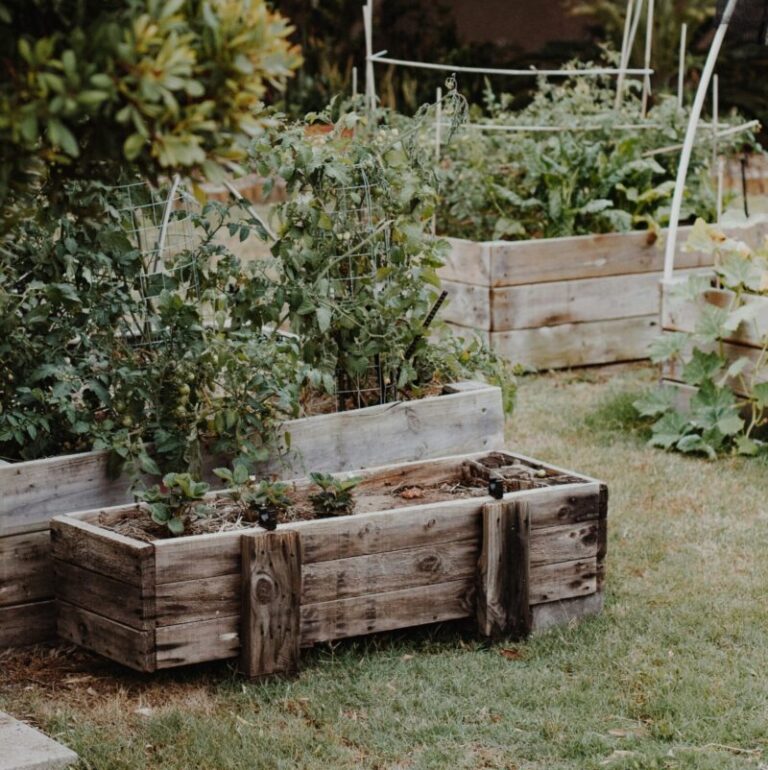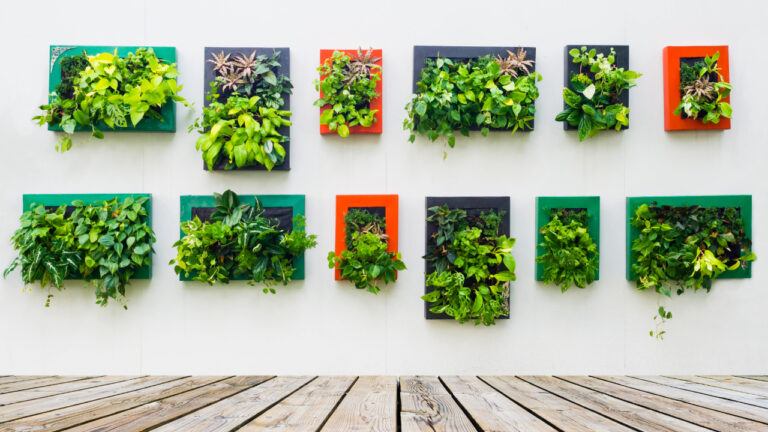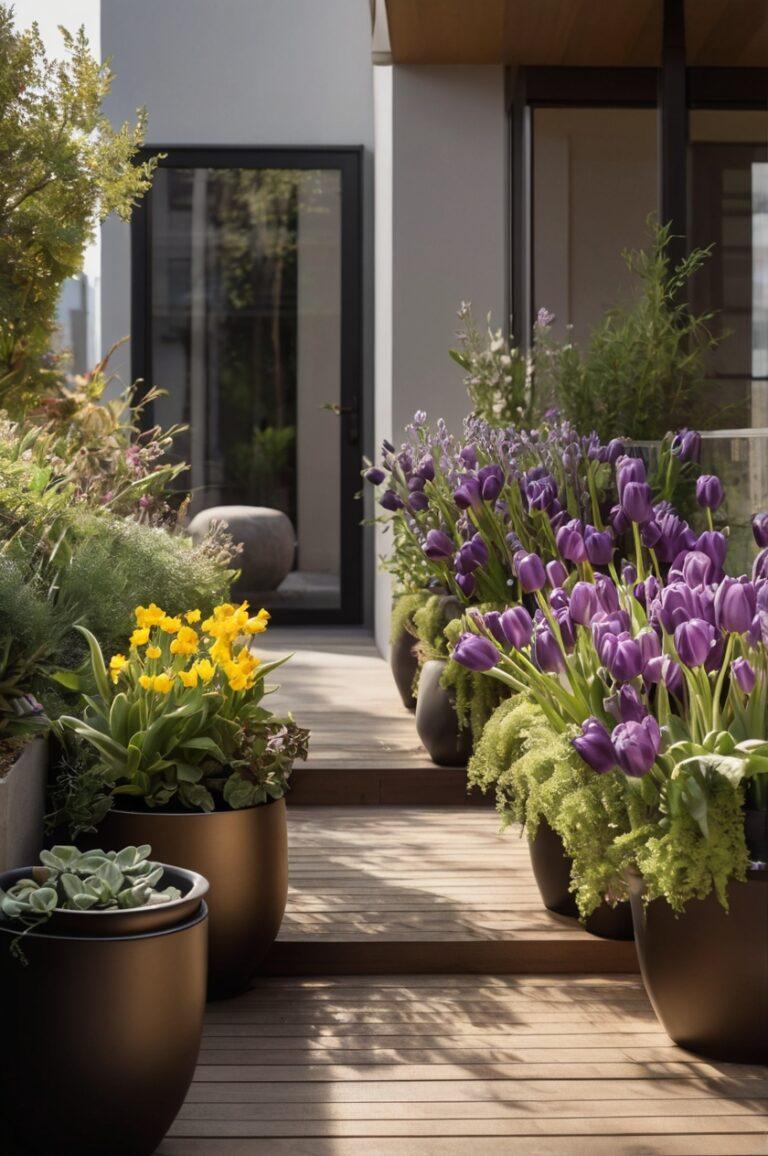Fall Harvest: Best Practices for Balcony Gardens
Balcony gardens can be a rewarding way to enjoy fresh produce, even in small spaces.
To have a successful fall harvest, you need to choose the right plants, ensure healthy soil, and develop effective watering practices.
With the right approach, you can transform your balcony into a vibrant garden that yields plenty of vegetables and herbs.
Read more: Fall Harvest: Best Practices for Balcony GardensAs the weather cools, it’s important to consider how to protect your plants from harsh conditions. Understanding how to shield your garden from wind and frost can make a big difference in your fall harvest.
You’ll also want to stay on top of maintenance tasks to keep your plants flourishing until the last harvest.
Creating a successful balcony garden this fall doesn’t have to be complicated. With careful planning and attention to detail, you can enjoy the fruits of your labor well into the season. The steps you take now will set you up for a productive and satisfying gardening experience.
| In this beginner friendly guide, we’ll explore how to make the most of your balcony garden this fall. From choosing the right cool-weather plants and optimizing your limited space to ensuring your soil is nutrient-rich and protecting your crops from unpredictable weather, we’ll guide you through every step. These practical tips will help you create a thriving balcony garden that lasts through the fall season. |
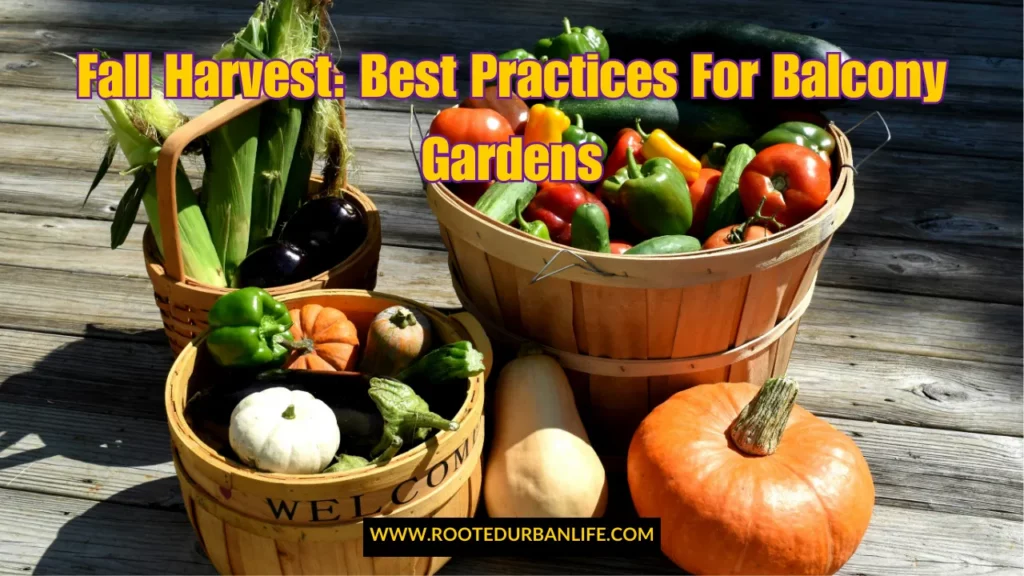
Selecting Suitable Plants for Balcony Harvest
Choosing the right plants for your balcony garden is key to a successful fall harvest. You need to consider factors like sunlight, seasonal varieties, and space. This section will guide you through selecting plants that thrive in these conditions.
Assessing Sunlight and Exposure
Sunlight is crucial for plant growth. Start by observing how much sun your balcony receives throughout the day.
Most vegetables and herbs need at least 6 hours of direct sunlight to grow well.
Here are some plant types based on sunlight exposure:
- Full Sun (6+ hours): Tomatoes, peppers, and basil
- Partial Sun (4-6 hours): Lettuce, spinach, and peas
- Shade (less than 4 hours): Mint, chives, and certain ferns
You can use reflective materials to maximize sunlight if your balcony has limited exposure.
Choosing Seasonal Varieties
In the fall, focus on plants that thrive in cooler weather. Some popular choices include:
- Kale: Tolerant of frost and can be harvested several times.
- Radishes: Quick-growing and perfect for short-season gardens.
- Garlic: Plant in fall for a spring harvest.
When selecting seeds or seedlings, look for varieties labeled as “cold-tolerant.” This ensures your plants can endure the cooler temperatures and still produce a good yield.
Understanding Space Limitations
Balcony gardens often have limited space.
Choose compact or dwarf varieties of plants, which are ideal for small areas. Here are some options:
- Dwarf tomatoes: Grow well in containers and take up less space.
- Herb mixes: Easy to grow together in a single pot.
Consider using vertical gardening techniques, like hanging planters or trellises. This maximizes your space and allows for more plants without overcrowding. Also, grouping plants by similar watering needs can make upkeep easier.
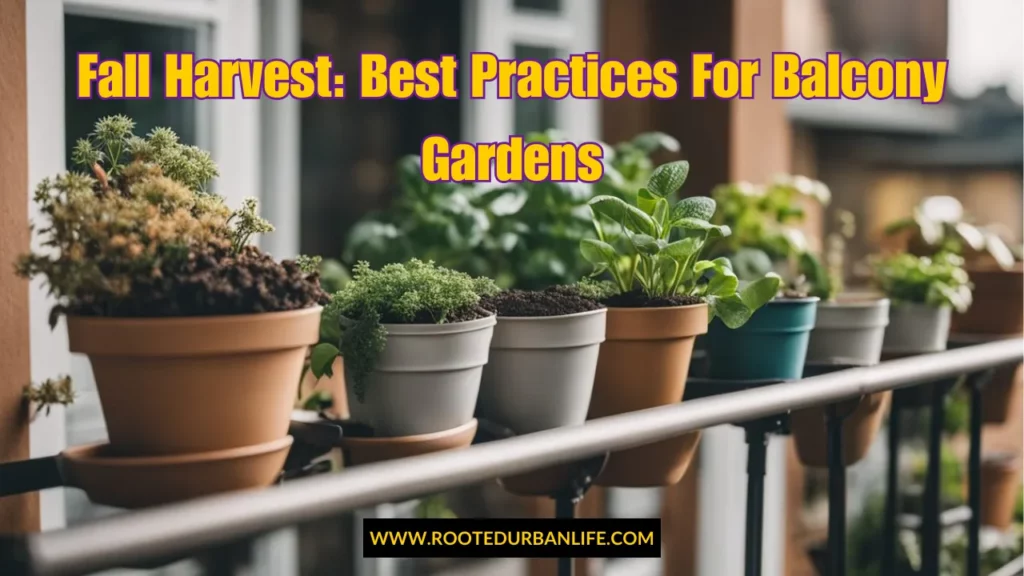
Essentials of Soil and Fertilization
Good soil and proper fertilization are key for healthy plants in your balcony garden. Focus on getting the right mix of nutrients and textures in your soil to support your plants.
Optimizing Soil Composition
Start with a high-quality potting mix designed for container gardening. This type of soil drains well and retains moisture. A good potting mix often includes:
- Peat moss: Helps retain moisture.
- Perlite or vermiculite: Improves drainage.
- Compost: Adds nutrients.
You can also consider adding specific amendments like worm castings or organic matter to boost nutrient levels.
Aim for a soil pH between 6.0 and 7.0, which is suitable for most plants. Testing your soil can help you understand its composition and make adjustments.
Regularly refreshing the top layer of soil with compost can keep your plants healthy during the growing season.
Natural Fertilization Techniques
Natural fertilizers provide a gentle, effective way to feed your plants. You can use several options based on what you have available.
- Compost: Rich in nutrients, compost improves soil structure.
- Liquid seaweed: This is a good source of micronutrients.
- Coffee grounds: These can add nitrogen and improve soil texture.
Apply these fertilizers regularly, typically every 4-6 weeks during the growing season.
Remember to dilute liquid fertilizers according to package instructions. It’s also a good idea to monitor your plants for signs of nutrient deficiency, like yellowing leaves, so you can adjust your approach as needed.
Irrigation Strategies for Limited Spaces
Managing water for your balcony garden is crucial. You want to ensure your plants receive enough moisture without wasting water. Smart practices can help you make the most of your limited space.
Efficient Watering Systems
Installing an efficient watering system can save time and water.
Consider using drip irrigation. This system delivers water directly to the roots, reducing waste and evaporation.
You can also use soaker hoses, which slowly release water along their length.
Watering cans are another great option. They allow you to control the amount of water for each plant.
Timers can further automate your system. Set them to water your plants at optimal times, like early morning or late evening, to minimize evaporation.
Container gardens may benefit from self-watering pots. These pots have a reservoir at the bottom, keeping the soil consistently moist.
Monitoring and Managing Moisture Levels
Keeping track of moisture levels is key to plant health.
Use a soil moisture meter for accurate readings. This tool helps you know when to water and prevents overwatering.
Observe your plants for signs of stress. Droopy leaves or yellowing foliage often mean they need more water.
On the other hand, mold on the soil surface can signal too much moisture.
Adjust your watering routine based on weather changes. During hot days, your plants may need more water. Conversely, rainy days may require less.
Always check the moisture level before watering to maintain balance.
Protecting Plants from Adverse Weather
Weather conditions can change quickly in the fall. It’s important to shield your balcony plants from strong winds, heavy rain, and cool temperatures. Taking specific actions can help your plants thrive even during tough weather.
Creating Microclimates
A microclimate is a small area with different weather conditions than its surroundings. You can create a microclimate on your balcony to protect your plants.
Some ways to do this include:
- Grouping Plants: Place some plants together to help them provide shade and shelter to each other.
- Using Walls and Fences: Position your plants near walls to block wind and provide warmth.
- Adding Blankets or Cloches: Cover your plants with fabric or small structures during cold nights. This keeps them warmer.
Consider placing pots in sunny spots during the day. This keeps plants warm and can lengthen the growing season.
Wind and Rain Protection Measures
Harsh winds and heavy rain can harm your balcony garden. There are a few strategies you can use to protect your plants.
Consider these methods:
- Staking Plants: Use sticks or small stakes to support taller plants from bending or breaking.
- Installing Windbreaks: Set up barriers, such as lattice or lightweight screens, around your garden. This helps reduce wind impact.
- Positioning Drainage: Ensure pots have good drainage so water doesn’t collect and drown the roots.
Check the forecast regularly. Being prepared for changes helps you protect your plants better.

Maximizing Harvest and Ongoing Care
To get the most from your balcony garden, focus on practical steps like pruning, pest control, and end-of-season cleanup. These actions can greatly increase your yield and keep your plants healthy.
Pruning and Training for Abundance
Pruning is vital to encourage new growth and improve your plants’ health.
Start by removing dead or yellowing leaves. This lets more light in and directs energy to the healthy parts of the plant.
Training plants, like tomatoes or peas, to grow up trellises or stakes can help maximize space. It exposes more foliage to sunlight, which boosts photosynthesis.
Consider pinching back the tips of plants to promote bushier growth. This technique increases fruit production as more branches mean more flowers and fruit.
Pest Control and Disease Prevention
Keeping your plants healthy includes regular checks for pests and diseases.
Inspect leaves and stems for signs of infestation, such as spots or webbing.
Use companion planting to naturally deter pests. For example, planting marigolds next to vegetables can repel harmful insects.
If you notice any issues, act quickly. Remove affected leaves or use organic pest control solutions like neem oil.
Always follow instructions to keep your garden safe.
Maintaining cleanliness in your garden space also prevents diseases. Remove fallen leaves and debris to reduce hiding spots for pests.
End-of-Season Cleanup and Preparation
As the growing season ends, cleaning your garden is essential.
Remove dead plants and weeds to reduce pests and diseases for the next season.
Consider adding organic matter like compost to enrich your soil. This will help restore nutrients and promote healthier growth in the spring.
If you have any perennial plants, trim them back to encourage new growth. Mulching can also protect roots during colder months. This simple step keeps your garden ready for a successful new season.
Frequently Asked Questions
Preparing for a fall harvest in a balcony garden involves special practices. You will want to choose the right plants, take care of them as temperatures drop, and make necessary soil changes.
What are the best practices for preparing balcony garden planters for a fall harvest?
Start by cleaning your planters to prevent diseases. Remove any dead plants and debris.
Add fresh potting mix and consider mixing in compost to enhance nutrients.
Which vegetables thrive on a balcony during the autumn season?
Some great choices for fall are kale, spinach, and lettuce. Root vegetables like carrots and radishes also do well. These plants can handle cooler temperatures and still produce healthy yields.
How can I protect my balcony garden plants as temperatures drop?
You can cover your plants with frost cloths on chilly nights. Bringing potted plants indoors or to a sheltered area helps, too.
Using old blankets for insulation can also protect them from frost.
What soil amendments should be made for a fall balcony garden?
Use compost to enrich your soil. Adding a balanced fertilizer can also supply necessary nutrients.
Ensure the soil drains well to prevent waterlogging.
How often should I water my balcony garden during the cooler fall months?
In fall, you may need to water less frequently.
Check the soil moisture; only water when the top inch feels dry. Adjust based on rainfall and temperatures.
What steps should I take to transition my balcony garden from summer to fall?
Begin by removing any remaining summer plants.
Clean the planters, then add amendments to the soil.
Finally, choose your fall crops and plant them in the prepared containers.
Key Takeaways
| Choose cool-weather plants like kale, radishes, and garlic to thrive in the fall. Optimize your balcony space with compact varieties and vertical gardening techniques. Ensure proper soil composition and regularly refresh with compost for nutrient-rich growth. Protect plants from wind and frost by creating microclimates and using windbreaks or covers. Stay consistent with watering and maintenance to keep your garden healthy through the season. |
Creating a successful fall balcony garden is all about making the right choices—from selecting seasonal plants to protecting them from cooler temperatures and maintaining healthy soil. By following these tips, you’ll be well on your way to enjoying a great harvest even in a small space. In no time you could also start preserving your food.
We are looking forward to hearing from you. Share your gardening progress with us in the comments below or on social media. And be sure to follow our blog for more tips, tricks, and inspiration for urban gardening. 🌿🌼
Other Posts You Might Enjoy
How to start a balcony herb garden



